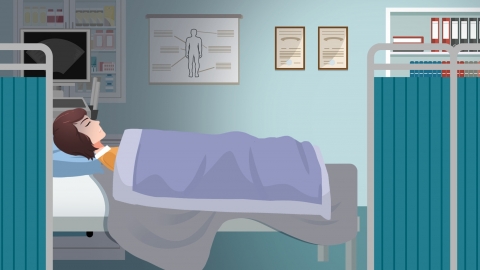How many days does it take to be discharged after gallstone treatment?
For patients with gallstones, the length of hospital stay varies depending on the treatment method. Patients undergoing laparoscopic cholecystectomy typically are discharged after 3–5 days, while those receiving traditional open surgery usually require 7–10 days in the hospital. Patients treated non-surgically can be discharged 3–4 days after symptom relief. If complications arise during treatment, patients should promptly communicate with their doctors to adjust the discharge plan.

Laparoscopic cholecystectomy involves minimal trauma and allows for rapid recovery. Patients can usually get out of bed within 1–2 days after surgery. If there is no wound infection and gastrointestinal function returns to normal, discharge may occur after 3–5 days. After discharge, patients should follow medical advice to regularly check wound healing and avoid heavy physical labor too soon.
Traditional open surgery involves a larger incision, requiring longer observation for wound healing and potential complications such as bleeding or infection. Sutures are typically removed 7–10 days post-surgery, and patients may be discharged if no abnormalities are present. Non-surgical management primarily involves medication to control inflammation. Once symptoms such as abdominal pain and fever have subsided and laboratory indicators return to normal, patients can usually be discharged after 3–4 days.
Daily care includes keeping the surgical wound clean and dry. Initially after discharge, the diet should be low-fat and liquid-based, gradually transitioning back to a normal diet. Patients should maintain regular sleep patterns, avoid overexertion, take prescribed medications as directed, and seek medical attention promptly if experiencing discomfort such as abdominal pain or fever.






